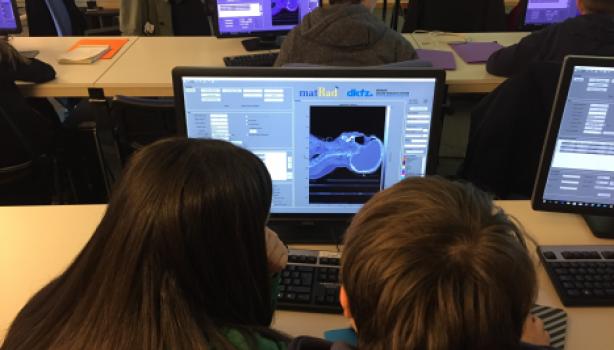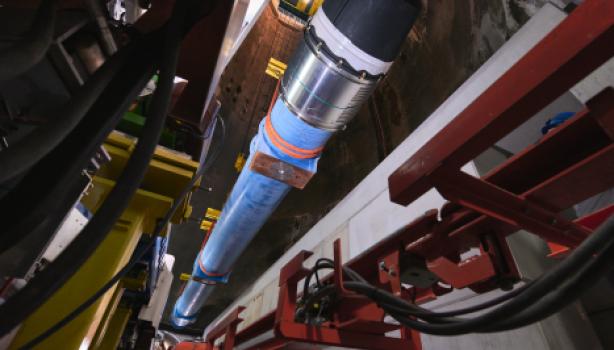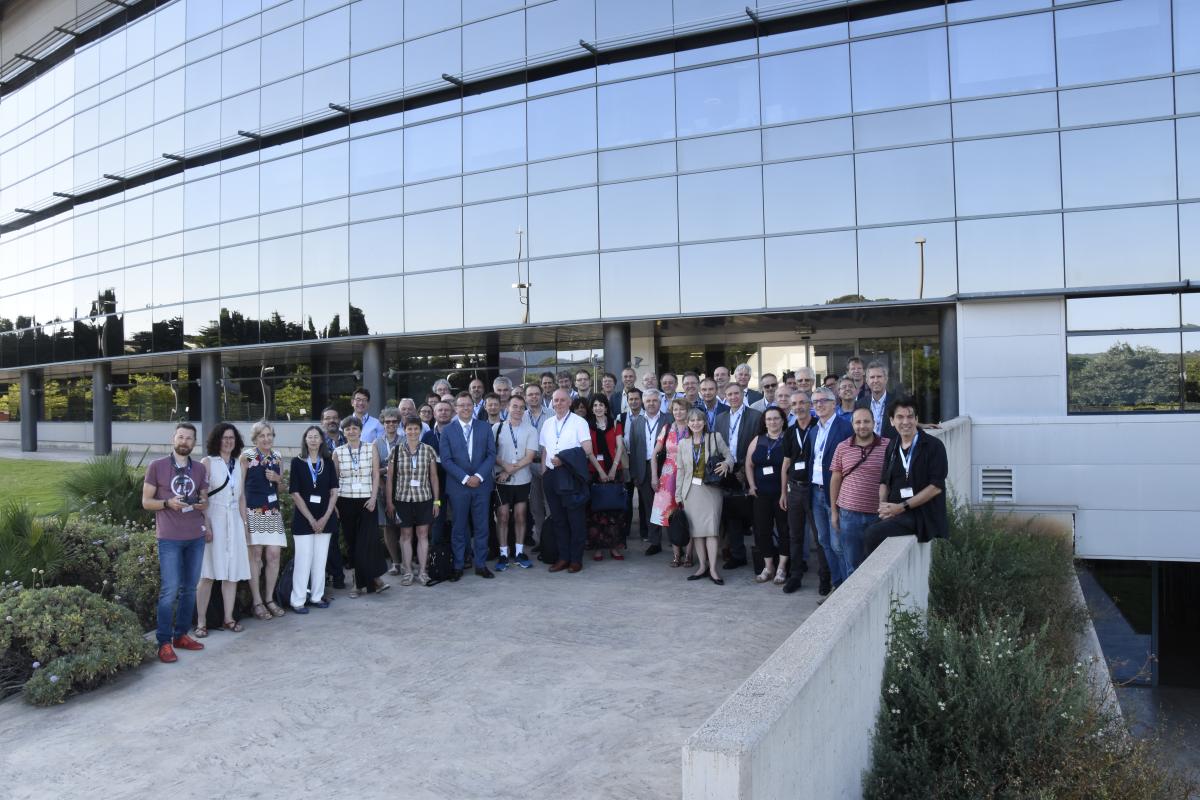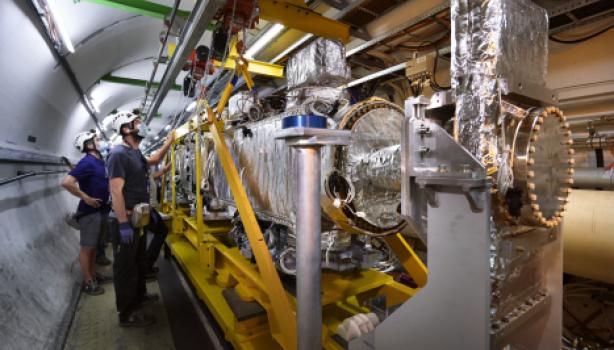Header image: Professor Mariana Mazzucato speaks on her new book "The Value of Everything - making and taking in the global economy" as part of IIPP's lecture series on public value. Photo by Kirsten Holst. Credit: UCL IIPP
What attracted you in economics?
I was a history major in University, but after working with trade unions in the Boston area I realised that I needed to better understand how changing political, economic and social conditions affected production and work. I decided to go to do a PhD in an institution that offers heterodox as well as mainstream analysis, and was lucky to be well trained in both the Neoclassical approach as well as the Keynesian, Marxist and Classical approaches to understanding value.
Which are the key research areas of the institute for Innovation and Public Purpose (IIPP) at the University College London (UCL)?
The mission of the UCL Institute for Innovation and Public Purpose (IIPP) is to change how public value is imagined, practiced and evaluated. With this mission at its core, IIPP’s research is based around the four “pillars”:
- rethinking value: creating a new a framework to understand and recognise where value is really created in economies, and where value is being extracted;
- directing finance: using patient, strategic finance for sustainable, investment-led growth;
- shaping innovation by steering scientific and technological advances to tackle societal challenges;
- and transforming institutions to create entrepreneurial public institutions driven by public purpose.
Across these pillars are the key IIPP themes of: co-shaping and co-creating - markets can be shaped by purposeful policy making and by new collaborations between the state, business and civil society; missions and public purpose - mission-oriented policy focuses on problem-specific societal challenges, which many different sectors interact to solve; capabilities and governance—how can we build the capacity within the public sector to adapt to new ways of working, influenced by the research pillars? New economic thinking—it has become clear that standard economic thinking is not fit to tackle the societal challenges facing the world and therefore a new model is needed.
Why citizens should be concerned about innovation? Is innovation something concerning only few economists or high-tech companies.
If you care about better living standards that enable people to live better lives, you should be concerned about innovation. Innovation is a vital contributor to economic growth, the big challenge is to make it happen more often. At IIPP we believe that through “missions” we can direct innovation towards some of the greatest challenges society is facing today - climate change, ageing populations and rising inequality - while delivering economic growth. How to get citizens involved in setting missions is also a key question. While the moonshot was top down, the model of the Energiewende is interesting as it was the green movement that led to the legitimacy of sustainability in Germany which could be harnessed politically to create a top down mission.
The concept of missions seems to be an important part of the discussions of Horizon Europe. Could you explain what a mission is?
Missions are a way of engaging research and development to meet global complex challenges by acknowledging that innovation doesn’t just have a rate but also a direction. We have to harness innovation and give it purpose, to create new solutions to “wicked” problems - those that don’t have a simple solution. Missions, like John F Kennedy’s mission to travel to the moon, are bold and inspiration, concrete and measurable, and require interdisciplinary collaboration.
Are you concerned that by focusing too much on problem solving we may not leave enough room for blue-sky research? How important is curiosity driven research for innovation?
In the EU budget there is a separate pot for blue-sky research—that is the ERC. Indeed all missions require both basic and applied, and they also change the conversation between them. We will always need curiosity-driven research and the missions framework that we are proposing at IIPP is not a replacement for this important part of our science base. Missions are a great opportunity to apply technologies that are developed through blue-skies experimentation to broad societal applications, but we must also ensure that we don’t neglect the development of general-purpose technologies which may not have an immediate mission they fit into, like the internet or machine learning. We know that technologies can be the tools that answer big questions—missions are a way of using the tools at our disposal, but blue-sky research is a way of inventing new tools! Another key issue is how to not ignore the humanities and social sciences in missions: poets can help to make missions more inspirational! Indeed, it is Attenborough’s Blue Planet series that has led to school children to dream big about solving a major mission: getting the plastic out of the ocean!
What happens in cases where one mission can be addressed with many different approaches? For example lowering CO2 emission could be addressed from different research strands and I am wondering how this concept applies in that case.
Missions exist specifically for the situation when there is no “magic bullet” to solve a problem. Taking your example; we know the sources of ever-increasing CO2 emissions, but there is no simple solution that allows us to reduce them. There are only complex systemic solutions in which technological pathways and interactions are not clear. This is where missions give top-down direction to innovation, without being prescriptive on what the innovation required to solve the problem must be, and facilitating bottom-up innovation to achieve the goal. We need to use the full power of government instruments - from prize schemes to procurement - to crowd in the multiple bottom up solutions. Many of the UN’s Sustainable Development Goals are this type of “wicked” problem where systemic solutions that combine technologic and social change in a way that we can’t determine today.
Companies will undoubtedly play, as they always have, a role in developing and delivering missions. An entrepreneurial state doesn’t crowd out a strong private sector, and one cannot exist without the other. By setting a bold mission it can increase the expectations by business of where future investment opportunities lie - thus unlocking hoarded investment. Indeed, this is especially needed in an era with record level financialisation with many companies spending more on share buybacks (to boost share prices and hence stock options) than on R&D and human capital investments.
At IIPP we know that markets do not appear out of thin air, they are co-created by interactions between the public and private sectors. Mission-oriented policies also help create the stable environments in which business confidence for investment can be fostered, this is what we mean when we say that missions “crowd-in” investments. If a company manufacturing wind turbines knows that there will be a long-term stable market for their products created by having a government that sets a purpose to their energy policy, they are more likely to invest in new research and development, and we are more likely to profit from their innovations.
We should always remember that it’s not only about money but also organisational capacity. This is why in IIPP we are setting up an MPA that is focused on the dynamic capabilities within public institutions in order to be strategic and mission oriented, including the ability to both welcome uncertainty, and be flexible and adaptable. Similarly, in Europe we should be learning across EU countries what works and what doesn’t. Rather than focussing on cutting deficits with voodoo numbers, we should make sure that all EU countries are well equipped with proper systems of innovation. Many EU countries don’t have key institutions like the science-industry linkages that the Fraunhofer institutes (or the Catapults in the UK) provide, or public banks that provide the strategic long-term finance. It is these key lessons that should be at the heart of being in a common area.
How investing in research can benefit Europe’s competitiveness?
We know that we need a sense of urgency in addressing some of the wicked problems, societal challenges and sustainable development goals. Just looking at the latest IPCC reports have demonstrated the urgent need for cross-sector innovation to prevent global atmospheric warming to surpass 1.5oC. During war-time governments don’t worry about justifying spending on weapons with cost-benefit calculations, we need the same war-time sense of urgency to combat the climate crisis. Indeed, IIPP just authored a key chapter on energy innovation for the new UNEP report, which makes this case strongly: it’s not only investment but patient strategic mission oriented investment that is needed.
The financial crisis of 2008 showed that European economies are far too dependent on consumption-led, rather than investment-led, growth. We need to confront the flaws in our economic system to maintain a sustainable, inclusive economy for all. If we don’t confront this challenge Europe cannot be competitive. Mission-oriented policy fosters R&D and the economic spillovers that drive innovation-led growth. We can pursue austerity policies which impacts our future economic growth and devastates public services , or we can pursue strategic goals with societal relevance that require both private and public investments: setting the stage for future long-run growth opportunities for decades. I hope Europe chooses the latter.









